It is very difficult to accurately determine distance by Bluetooth RSSI measured between two phones because there is a huge variation in the way different phone models measure bluetooth signals. Check out this graph produced by the Open Trace folks behind the effort in Singapore:

Those variations are consistent with my work in this area for the Android Beacon Library open source project. The fragmentation of Android devices has made it impossible to keep up with all the variations in signal strength response.
One point that the Open Trace team did not address in their work, is that there are a number of different bluetooth channels, and RSSI varies greatly on a given phone depending on which channel is being used. Mobile phones give you no indication of what channel the radio was on when a measurement was taken. The channel difference probably accounts for much of the "height" of the blue bars in the graph.
Unfortunately, there is no way to know if a device is approaching or stationary by reading RSSI updates. The changes could be because of natural variation, motion, or changes in obstacles. I do not believe self-calibration in a contact tracing app is viable.
This does not mean that RSSI is worthless for distance estimates, but it does mean that the margin of error is very high in what you can measure. If you see a device at all, there is a very good chance it is within 50 meters. And if you see that the RSSI is stronger than -70 dBm, there is a good chance you are within 2 meters. But there will always be false positives and false negatives.
